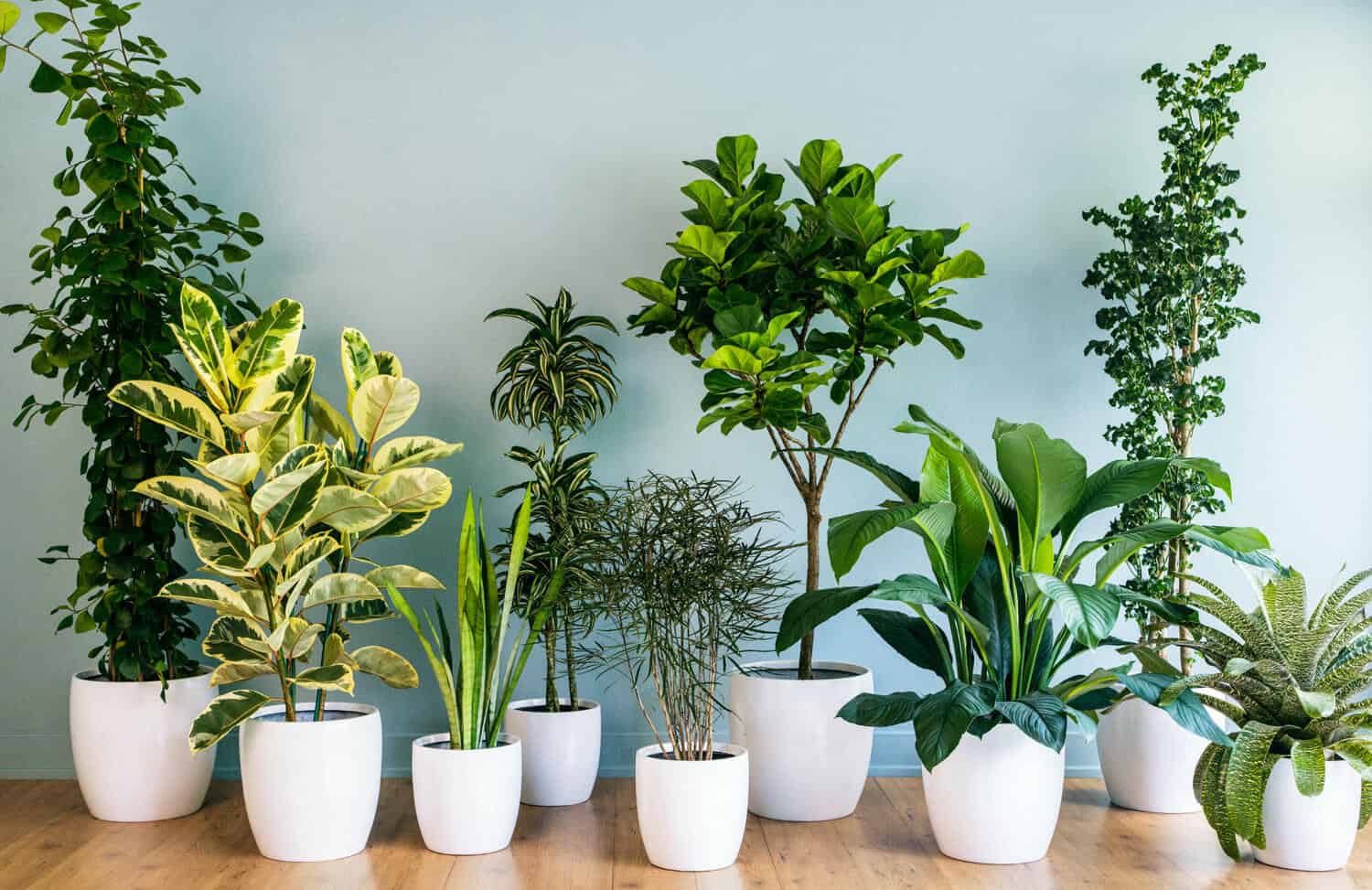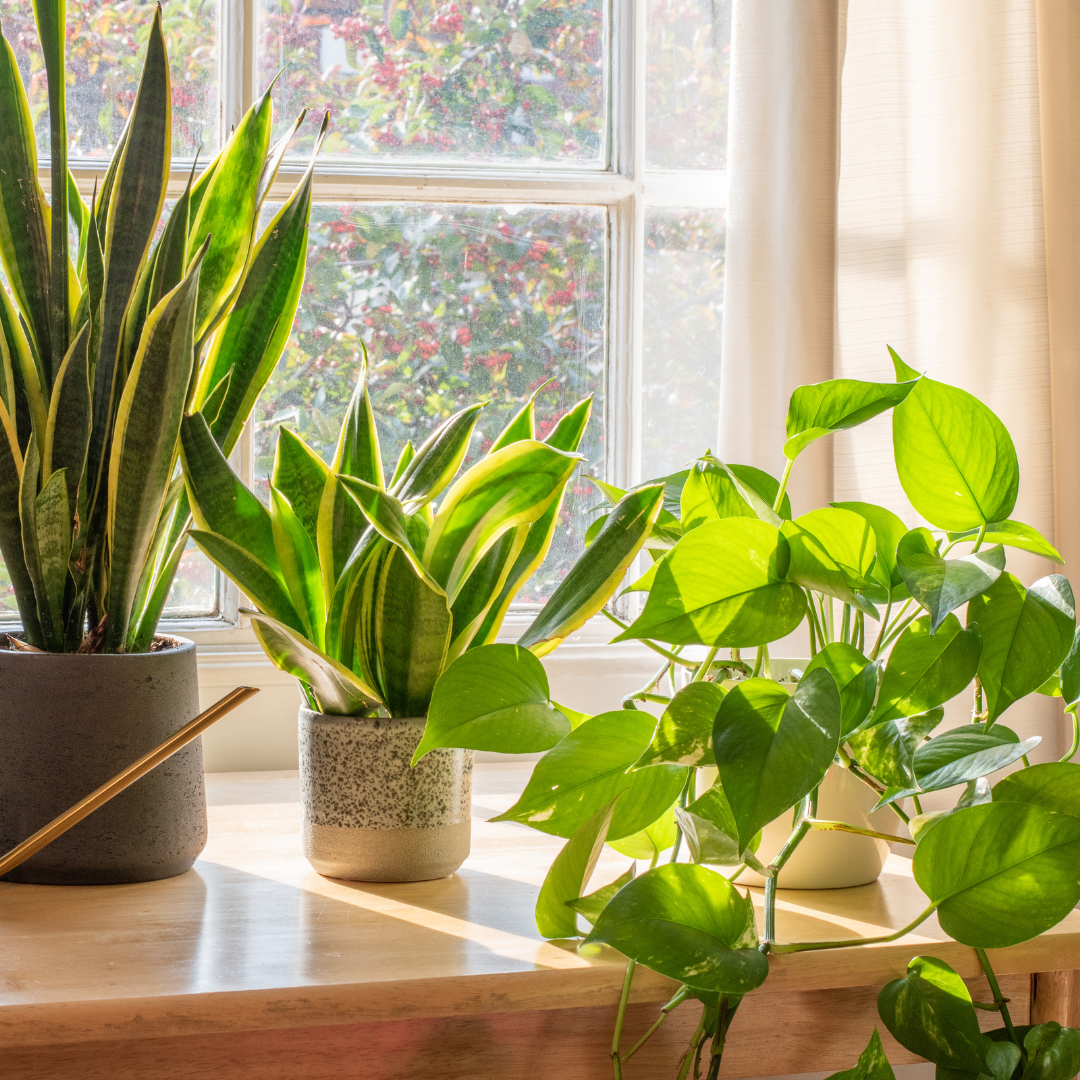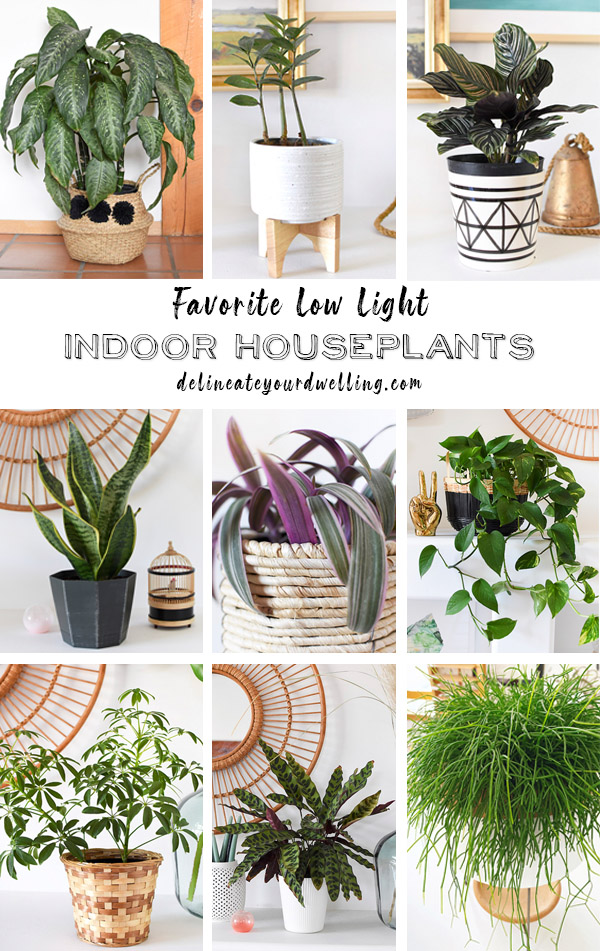Top Picks for the Best Low-Light Indoor Plants to Brighten Your Room
Uncover the Tricks of Low-Light Indoor Plants and Just How They Boost Your Setting
Low-light interior plants have gathered raising interest for their one-of-a-kind capability to enhance both visual charm and environmental high quality within work environments and homes. These resilient types, including the Serpent Plant and Peace Lily, not just flourish in difficult illumination conditions yet also play an essential function in air purification and psychological wellness.
Benefits of Low-Light Indoor Plants
Although many individuals presume that indoor plants require abundant sunlight to thrive, low-light interior plants provide a wide variety of advantages that make them excellent for different environments. Among the primary benefits is their flexibility; they can flourish precede with limited all-natural light, such as offices, cellars, or spaces with tiny home windows. This function permits people to enhance their environments with greenery, adding to improved appearances without the demand for comprehensive lighting modifications.
Furthermore, low-light indoor plants can dramatically boost indoor air quality by launching and filtering system harmful contaminants oxygen, making living spaces healthier. The existence of plants has actually been connected to greater feelings of tranquility and focus.
Furthermore, low-light plants often require much less maintenance than their sun-loving equivalents, making them optimal for hectic individuals or those brand-new to horticulture. Their durability permits them to love minimal intervention, hence giving a fulfilling experience for plant fanatics and beginners alike. In recap, low-light interior plants serve both practical and visual objectives, making them important enhancements to any space.
Top Low-Light Plant Varieties
Low-light interior plants been available in a range of varieties, each offering unique attributes and advantages suited for dark environments. Among one of the most prominent ranges is the Snake Plant (Sansevieria), known for its architectural leaves and air-purifying capabilities. This resistant plant grows on overlook and can tolerate a variety of light conditions.
An additional exceptional selection is the ZZ Plant (Zamioculcas zamiifolia), which includes glossy, dark eco-friendly leaves and is highly drought-tolerant. Its versatility makes it a favored for offices and homes with restricted sunlight.
The Pothos (Epipremnum aureum) is also a leading competitor, with its routing creeping plants and heart-shaped fallen leaves - Best low-light indoor plants. This functional plant can be educated to climb or cascade, adding visual interest to any type of area

Treatment Tips for Low-Light Plants
Caring for low-light interior plants calls for a nuanced understanding of their certain demands to make certain ideal development and vigor. It is necessary to pick the right potting mix, as a well-draining soil is important to avoid root rot. A blend developed for houseplants, commonly containing peat moss and perlite, works well for the majority of low-light selections.
Watering is another crucial facet of care. Low-light plants generally call for less frequent watering contrasted to their sun-loving counterparts.
Fertilization needs to be come close to with caution. During the growing period, a watered down fluid plant food can be used monthly, yet in winter season, lots of low-light plants get in inactivity and call for little to no fertilization.
Last but not least, it is essential to periodically cleanse the fallen leaves to get rid of dust, permitting far better light absorption. By adhering to these care pointers, you can grow a thriving setting for your low-light indoor plants, improving both their appearance and durability.
Enhancing Air High Quality With Plants
Interior plants play a significant role in boosting air quality within homes and workplace. With the procedure of photosynthesis, these plants take in co2 and release oxygen, adding to a healthier environment. Furthermore, particular low-light interior plants possess the ability to filter hazardous pollutants, such as benzene, trichloroethylene, and formaldehyde, which are commonly located in interior atmospheres.

Furthermore, the presence of indoor plants can boost moisture degrees, which helps alleviate completely dry skin and respiratory problems, even more improving general well-being. This capacity to enhance air top quality not only advertises physical health but likewise supports psychological health.
Incorporating low-light indoor plants into your living and working rooms can result in a more vivid and stimulating atmosphere (Best low-light indoor plants). Purchasing these natural air purifiers is a basic yet reliable approach for improving indoor air quality and cultivating a much healthier lifestyle
Developing a Peaceful Indoor Area
The assimilation of plants right into living areas not just boosts air quality however likewise adds to a serene ambience. Low-light interior plants, such as serpent plants and pothos, are particularly effective in producing a peaceful setting, as they thrive in problems that might or else be unwelcoming for various other plant. Their lush vegetation gives a relaxing aesthetic, lowering anxiety and promoting relaxation.
Incorporating these plants into your home or workplace can evoke a feeling of peace and well-being. Strategically positioning them in areas where you spend substantial time, such as living work areas or areas, allows for an immersive experience with nature, which has actually been shown to improve state of mind and cognitive function.
Additionally, the gentle movement of fallen leaves in reaction to air movement can develop a dynamic aesthetic aspect that boosts the general atmosphere. Think about utilizing a range of plant heights and structures to include deepness and passion to your space. With thoughtful placement and treatment, low-light interior plants can transform any location right into a calm shelter, promoting not only visual complete satisfaction but emotional and additionally emotional health.

Final Thought
Integrating low-light interior plants right into different atmospheres yields significant advantages, including improved air quality and boosted aesthetic charm. The transformative power navigate to this website of low-light plants underscores their value in improving both residential and work-related setups.
Although numerous people presume that interior plants require bountiful sunshine to thrive, low-light interior plants offer a multitude of advantages that make them suitable for different settings.In addition, low-light interior plants can considerably enhance indoor air top quality by filtering system damaging contaminants and launching oxygen, making living rooms healthier. Additionally, particular low-light indoor plants possess the ability to filter hazardous pollutants, such as trichloroethylene, benzene, and formaldehyde, which are commonly discovered in indoor settings.
Low-light interior plants, such as serpent plants and pothos, are particularly reliable in creating a serene setting, as they flourish in problems that might or else be inhospitable for other plant.Incorporating low-light site link interior plants into various settings yields considerable benefits, consisting of enhanced air quality and enhanced visual allure.